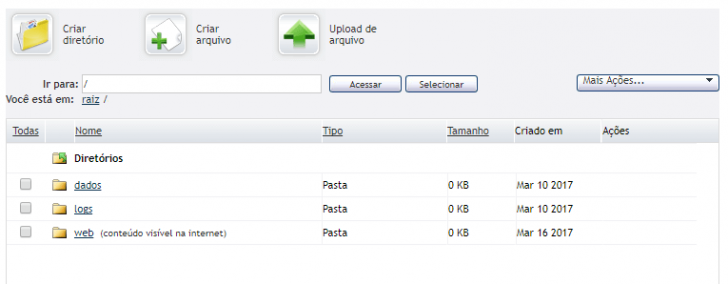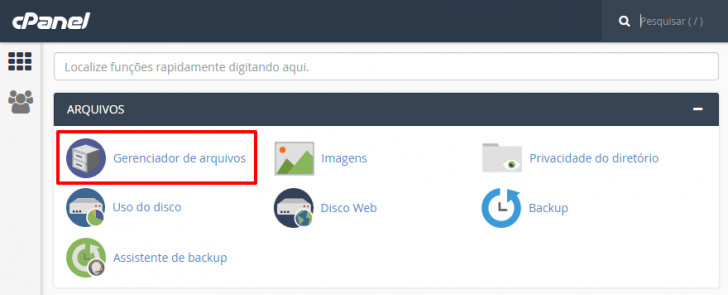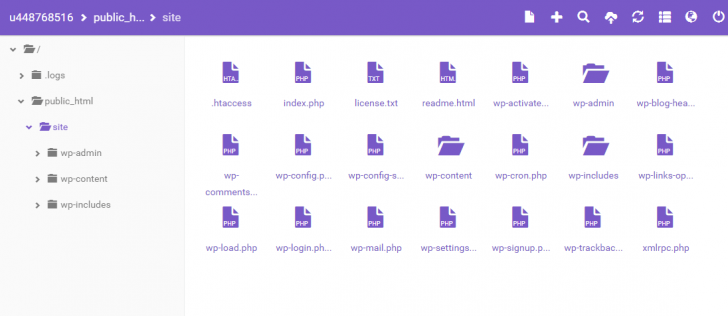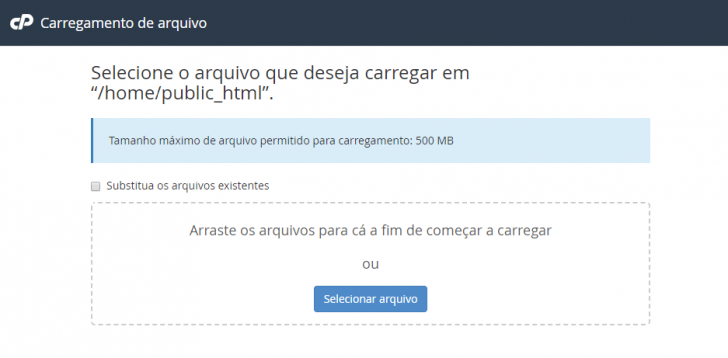

During website management, it is often essential to work with files on the hosting server, such as creating, modifying, or removing them, similar to tasks performed on a personal computer.
Operations such as those described can be completed using different methods, such as utilizing the hosting file manager, a user-friendly tool for managing files on your hosting service.
Curious about the functionality of a hosting file manager and its capabilities? Continue reading this article to find out more.
What is the definition of a file manager?
A file manager is a software designed to manage system files, and it is commonly included in various operating systems like personal computers, smartphones, tablets, and servers.
This article focuses solely on discussing the file manager found in a hosting service. This particular manager can be opened using any web browser, such as Chrome, Firefox, or Internet Explorer, and is designed for managing files on the server.
The file manager interface is typically easy for users to navigate. While the design may differ among companies, the icons are usually familiar and resemble those found on personal computers. This makes it simple for even first-time users to recognize most icons and action buttons.

chsyys/FreeImages

UOL File Manager Hosting
What is the function of a file manager in web hosting?
The hosting file manager’s role is to manage all the files on the hosting server, allowing users to upload, download, edit, move, delete, and rename files.
The file manager can be a useful tool for non-tech users when publishing a website. For instance, uploading and downloading files through this feature can serve as a simpler alternative to using FTP programs or SSH access. This function provides great utility by enabling users to easily transfer files to the server for website publication.
No specific software installation is required to utilize the hosting file manager, as it is compatible with commonly used web browsers like Chrome, Firefox, Microsoft Edge, and Opera.
How to open the file manager
The user needs to log in to their hosting control panel to access the hosting file manager. The location of this feature may differ based on the control panel being used, but it can typically be found in the dashboard if provided by the hosting company.


Link to the file manager in cPanel
Not all companies have a file manager readily available, but most provide this feature. In lodges using the cPanel control panel, having a file manager is common. The file manager is typically accessible even in inns with their control panel.
More advanced users, such as those utilizing VPS hosting, dedicated servers, or cloud services, typically do not have access to a default file manager. However, this is not an issue as these users typically utilize alternative tools for server file management.
Common tasks performed in the file manager of a hosting service
The file manager of a hosting service can vary between companies, except for cPanel, which is a commonly used program.


Hostinger’s File Manager
Tasks that are typically included in a hosting file manager are consistent across different platforms, as they serve as the main functions of the tool.
- Transfer files between your computer and the hosting server by downloading or uploading them.
- Delete files on the server.
- Create documents and directories on the server.
- Modify website documents (source code).
- Move files to a different folder than the one currently in use.
- Rename files and directories.
- Duplicate files and folders can be copied.
- Modify the permissions of files and directories.
- Preview the information within files.
- Compress or decompress files.
- View the organization of folders on the server.


Actions that can be performed using the cPanel file manager.
Limitations of File Manager for Hosting
While the file manager is useful for many tasks, it may not be the best choice for handling very large files or a large volume of files during transfers.
Transfers are restricted because they are conducted through HTTP in a web-based file manager, which was not designed for file transfers. FTP, or File Transfer Protocol, is the recommended protocol for file transfers.


cPanel HostGator’s file upload screen
The file manager’s capabilities may be restricted by the programming language and server it is hosted on, affecting operations due to limited memory availability for file transfers.
Users approaching the tool usage limit may encounter sluggish navigation, reduced upload/download speeds, and potential transfer interruptions, all of which can hamper task completion and productivity. In such instances, consider utilizing alternative tools like an FTP program or SSH access.
For whom the hosting file manager is suitable
The hosting file manager is ideal for individuals who need to manage server files and prefer a user-friendly interface. It is particularly beneficial for non-technical users without advanced IT knowledge.
Users with intermediate to advanced skills will find that using more robust tools like an FTP program or the terminal can increase their efficiency in daily tasks.
Conclusion
Most website hosting companies provide a file manager tool designed for managing files on a server.
The article manager may not be the best option for all situations, particularly when dealing with transferring very large files or a large number of files.
If you feel self-assured and are ready to advance in hosting management, check out the article on comprehending FTP and its application on your website.
Feel free to ask any questions or share your thoughts by leaving a comment and joining the discussion!
Publication date: 27/09/2017 (revised on 05/09/2018)
Concepts are marked by tags.
